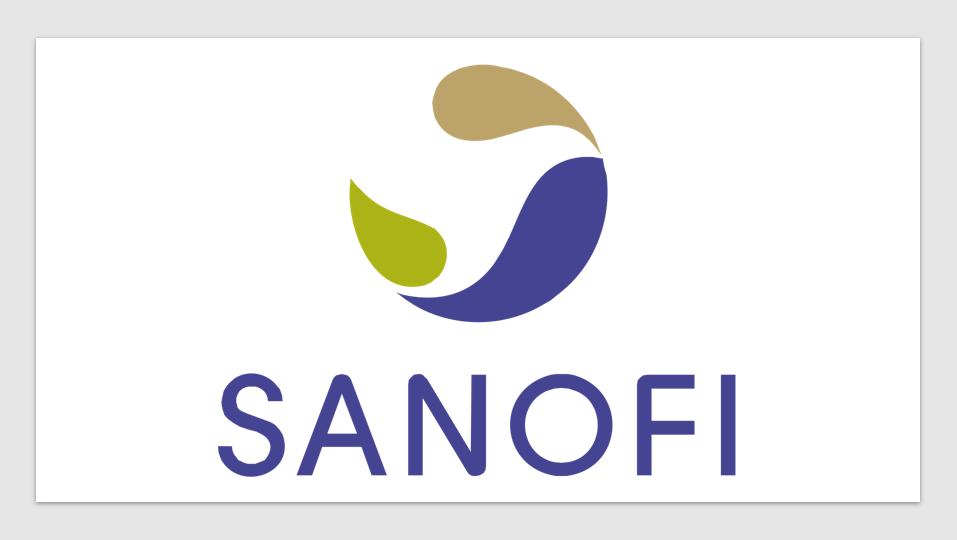News & Trends - Pharmaceuticals
Experts call for new mindset in managing high cholesterol in high-risk patients

Pharma News: Lipid experts are welcoming the Pharmaceutical Benefits Scheme (PBS) listing of a medicine shown to more than halve LDL-cholesterol levels on top of statins and ezetimibe, but note the full potential of this therapy hinges on proactive patient identification and a commitment to lower LDL-C (low-density lipoprotein cholesterol) to guideline targets.
From 1 August, Sanofi’s proprotein convertase subtilisin/kexin type 9 (PCSK9) inhibitor Praluent (alirocumab) will be available on the PBS for hypercholesterolaemia in high-risk patients.
Professor Anthony Dart, a lipid specialist at the Alfred Hospital, said the latest European guidelines for cholesterol management lowered the LDL-C goal in patients with very high cardiovascular risk to less than 1.4 mmol/L and recommend the addition of a PCSK9 inhibitor if the treatment goal is not achieved with the maximum tolerated dose of statin and ezetimibe.
“Stubbornly high cholesterol in people at high risk of repeat cardiovascular events can’t be ignored; not when every 1.0 mmol/L reduction in LDL-C confers a 22% relative reduction in the risk of an event per annum,” Professor Dart said.
Almost half (48%) of all high CV risk Australians managed in primary care are not meeting the existing LDL-C targets recommended in Australia (<1.8mmol/L), let alone the more aggressive goals set by European experts (<1.4mmol/L).
“For patients at high risk of repeat cardiovascular events who have high LDL-C despite treatment with a statin and ezetimibe, PCSK9 inhibitor therapy provides an option to significantly lower their cardiovascular risk,” said Professor Dart.
“There are a number of important steps to be taken before a patient can be initiated on Praluent to reduce the risk of cardiovascular events. These include ensuring the patient adopts a healthy diet and undertakes exercise, has been treated with the maximum tolerated dose of statin therapy, and that ezetimibe is introduced if their LDL-C remains high,” he said.
Praluent injection lowers LDL-C by more than 50% on top of optimised statin with or without other lipid-lowering therapy, helping clinicians to reduce the risk of repeat events in patients with a recent history (1-12 months) of acute coronary syndrome (ACS) and LDL-C that remains above the guideline recommended target of 1.8mmol/L.
The phase III ODYSSEY OUTCOMES trial met its primary endpoint, showing that Praluent significantly reduced the relative risk of major adverse CV events (MACE) by 15% in patients who had suffered a recent ACS. Additionally, Praluent was associated with a 15% lower risk of death from any cause, which occurred in 334 (3.5%) of patients in the Praluent group and 392 (4.1%) of patients in the placebo group.
Professor Dart said the PBS listing of Praluent provides another option to help manage difficult-to-treat high cholesterol, but it was incumbent upon clinicians to be proactive and strive to reduce LDL-C and the risk of repeat cardiovascular events.
“For Praluent to play its part in reducing cardiovascular events, it’s important to prioritise identifying suitable patients and maximising lipid lowering therapy at the point of hospital discharge post event, or in the four-to-six-week follow-up thereafter,” he said.
“Treatment with Praluent can only be initiated on the PBS if LDL-C remains above 2.6 mmol/L despite combination of a high intensity statin and ezetimibe for a period of at least three months.
“It’s a process that can take time and effort, but the LDL-lowering and cardiovascular risk reduction benefits delivered by the addition of Praluent to maximum tolerated lipid-lowering therapies are substantial,” Professor Dart concluded.
A recent meta-analysis of clinical trials of Praluent or Amgen’s Repatha (evolocumab) reported that use of PCSK9 inhibitors was associated with significantly lower risk of myocardial infarction (MI; by 20%; p < 0.0001), ischaemic stroke (by 22%; p = 0.0005) and coronary revascularisation (by 17%; p < 0.0001) compared with controls (placebo and/or other lipid-lowering drugs).
Sanofi ANZ General Manager Karen Hood welcomed the PBS listing of Praluent and reaffirmed the company’s commitment to help support Australians from the risk of recurring cardiovascular events linked to elevated LDL-C.
“Sanofi has a long and proud heritage in cardiovascular medicine,” she said. “We are pleased to be doing our part in the way unacceptably high cholesterol is lowered in people at high risk of repeat cardiovascular events.”
Amgen’s Repatha was PBS listed in May 2020.
News & Trends - MedTech & Diagnostics

Bariatric surgery trumps Novo Nordisk’s Wegovy in cost-effectiveness and durability
MedTech & Diagnostics News: Bariatric surgery emerges as cost-effective, boasting superior and enduring weight loss outcomes over a five-year span […]
MoreNews & Trends - Pharmaceuticals

Aussie digital health company hits new milestone in AstraZeneca partnership
Pharma News: Fewer than 50% of asthma patients adhere to their prescribed preventative medications. An Australian digital health company has […]
MoreDigital & Innovation

Medical drone to reduce health equity gaps in rural and remote Australia
A specialised medical drone which increases accessibility to essential health services such as pathology, medicines, and telehealth services in rural […]
More
